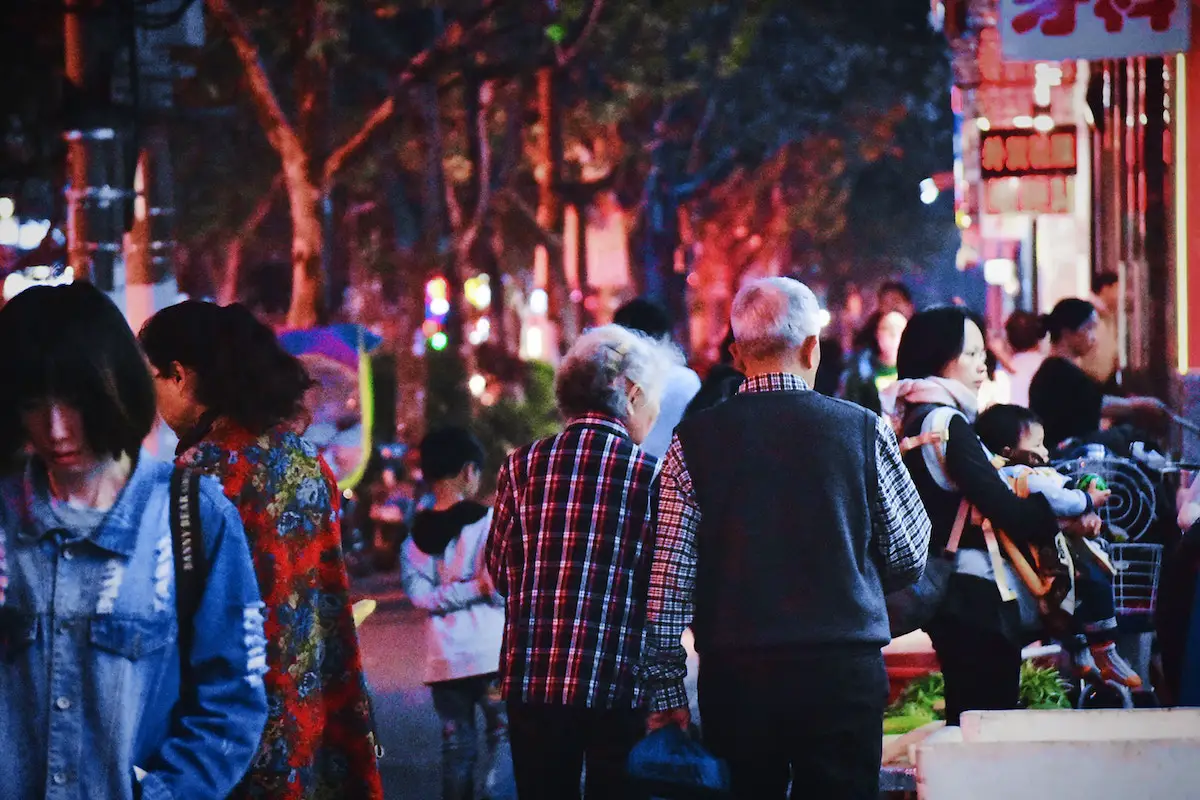Thousands of miles away from my academic hub at Columbia University in New York City, I find myself on the other side of the country at my summer internship at the Institute of the Americas in San Diego, California, learning about crime prevention in Latin American cities. From June 6th to the 10th we hosted a training session for a group of 16 key law enforcement officials and non-profit personnel that deal with crime and public safety in Latin America.
The challenge for the participants in the room was to identify how they can lay the foundation to ignite continued change after their time in office or how to continue influencing those in office. The session participants questioned the speakers around two major themes: what drives people to crime and its derivative violence? And how can city law enforcement and judiciary infrastructures prevent more crime?
Just as the crime problems in Latin American cities in Guatemala and Mexico are not always homegrown and have transnational influences, the effects of crime go beyond social unrest and insecurity and can negatively impact development. Ironically, the negative effects of crime on economic development create further systemic violence in communities exacerbating path dependencies in poverty and crime. Moreover, in the case of developing countries, as highlighted in the 2011 UN report on Conflict, Security and Development, countries with high levels of crime and social unrest have less access to development capital and/or face less favorable borrowing terms for development projects; thus deepening the problem of systemic violence.
Crime does not occur in isolation and location does matter. Ruben Gonzalez from the Institute for Community Peace in Washington D.C., emphasized the correlations between unemployment, low educational attainment and poverty in areas of high violence in Los Angeles County. While the participants in the room agreed that Latin American cities seem to face similar problems, another problem they face is human resource management—a problem that revolves around poor law enforcement training and worker retention. One participant shared how officer training in his country was bullet-less a few years ago. Another shared how equipment purchases are not always properly distributed to officers in the trenches, but rather reserved for higher-ranking officers. And practically all pointed to the pressures of corruption that drug cartels place on police officers.
The worker retention problem and keeping officers honest in law enforcement in Latin America is driven by public perception and economic realities. Coronel Ubiratan Angelo from Rio de Janeiro, born in a favela and speaking from personal experience, offered a clever yet simple suggestion to prevent law enforcement corruption: appeal to those who feel the calling to become a police officer and improve compensation packages. However, in countries where drug cartels have a ubiquitous presence, temptations roam at every corner for police officers and improved compensation packages might not suffice, a rebranding of the image of law enforcement is also required.
All of the speakers echoed one key theme: “better crime prevention is possible.” Today, collaboration between many different actors, both public and private, is needed and communities are getting increasingly more involved in many forms. On Wednesday, June 8, 2011 the Los Angeles Sheriff’s Department was invited to speak, and accepted but requested that the other part of their team also be a part of the panel. The other members of their team were not the usual suspects, but rather two former gang members who are now running their own non-profits and working in collaboration with the Sheriff’s Department and within their communities as agents of change.
As seen in Los Angeles, the traditional crime prevention structure in cities is evolving but in a way it is also going back to olden times when community vigilance was the only thing around to prevent crime. Community participation is key because some people, criminals or not, are not always comfortable talking or collaborating with law enforcement to help prevent crime but may be more amenable to listen to a community member. Moreover, as Sandra Parra Dionicio, an advisor on security reform plans from Colombia, put it, community security is a right, and it is not just about chasing after the bad guys it is also about helping the good guys.
Tangentially, the 2011 UN report on Conflict, Security and Development touts the need to create “Peace Infrastructure” that links citizen security, justice, jobs and services; and also makes investments in justice and employment in developing countries. However, building adequate peace and cultural infrastructure to fight crime takes time. I am convinced that community and non-profit sector participation may be the key to help bring continuity to the fickle law enforcement agendas in Latin American countries, and am optimistic that the Latin American leaders attending the conference are some of the ones that will help make that happen.
Photo: Jezael Melgoza


